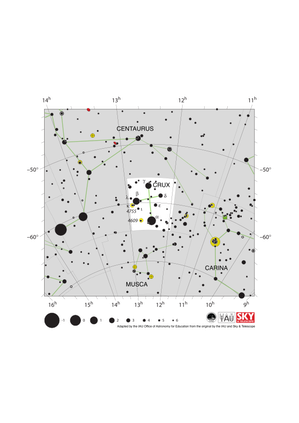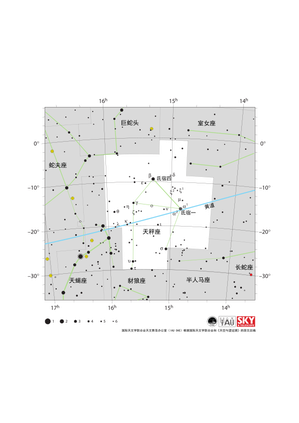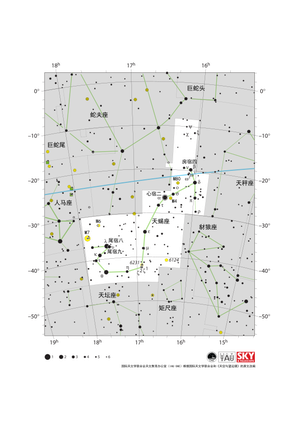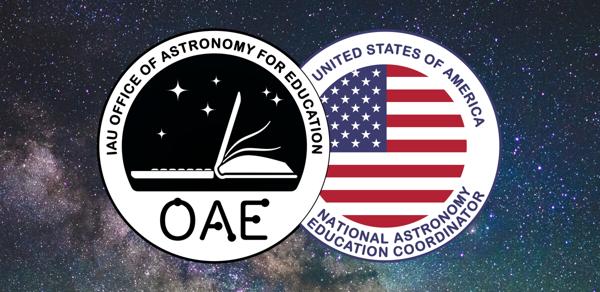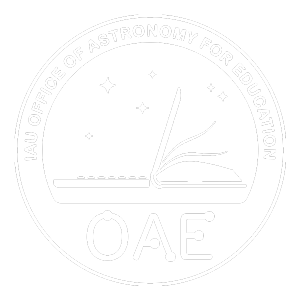Glossary term: 赤纬
Description: 在赤道坐标系中,赤纬是用来指定天体在天空中位置的两个坐标之一。具体来说,赤纬是天体到天赤道的角距离,通常以度为单位:北天球的物体为正,南天球的物体为负。因此,赤纬类似于地球表面的地理纬度。天赤道大致相当于地球赤道在天球上的投影,但国际天体参考系(ICRS)等现代坐标系则不以地球为参照物,而是以天空中非常遥远的天体位置为参照物来定义天赤道。
Related Terms:
See this term in other languages
Term and definition status: The original definition of this term in English have been approved by a research astronomer and a teacher The translation of this term and its definition is still awaiting approval
The OAE Multilingual Glossary is a project of the IAU Office of Astronomy for Education (OAE) in collaboration with the IAU Office of Astronomy Outreach (OAO). The terms and definitions were chosen, written and reviewed by a collective effort from the OAE, the OAE Centers and Nodes, the OAE National Astronomy Education Coordinators (NAECs) and other volunteers. You can find a full list of credits here. All glossary terms and their definitions are released under a Creative Commons CC BY-4.0 license and should be credited to "IAU OAE".
If you notice a factual or translation error in this glossary term or definition then please get in touch.
Related Diagrams
Andromeda Constellation Map
Credit: Adapted by the IAU Office of Astronomy for Education from the original by IAU/Sky & Telescope
License: CC-BY-4.0 Creative Commons 署名 4.0 国际 (CC BY 4.0) icons
Crux Constellation Map
Credit: Adapted by the IAU Office of Astronomy for Education from the original by IAU/Sky & Telescope.
License: CC-BY-4.0 Creative Commons 署名 4.0 国际 (CC BY 4.0) icons
猎户座星图
Credit: 由国际天文学联合会天文教育办公室根据国际天文学联合会/《天空与望远镜》的原文改编
License: CC-BY-4.0 Creative Commons 署名 4.0 国际 (CC BY 4.0) icons
天秤座星图
Credit: 国际天文学联合会天文教育办公室(IAU OAE)根据国际天文学联合会和《天空与望远镜》的原文改编
License: CC-BY-4.0 Creative Commons 署名 4.0 国际 (CC BY 4.0) icons
天蝎座星图
Credit: 国际天文学联合会天文教育办公室(IAU OAE)根据国际天文学联合会和《天空与望远镜》的原文改编
License: CC-BY-4.0 Creative Commons 署名 4.0 国际 (CC BY 4.0) icons

